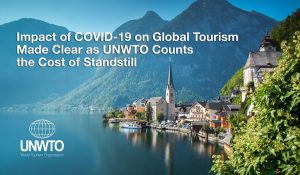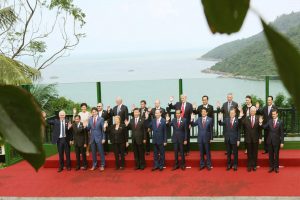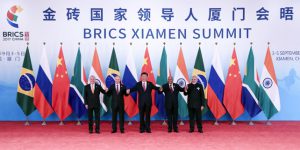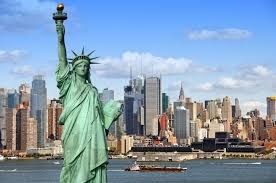Global luxury travel market expected to generate $1,154 billion by 2022
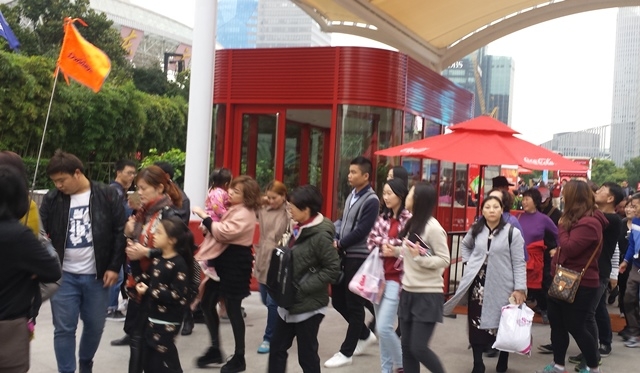
TravelBizNews —
London : Global luxury travel market is expected to generate $1,154 billion by 2022, growing at a CAGR of 6.4% during 2016-2022.
Luxury travel market epitomizes most desirable destinations, luxurious accommodations, convenient transport facilities, and authentic travel experience according to a report of alliedmarketresearch.com
Luxury travel aims in giving exotic experience to its travelers. Private jet planes, spas, special menus, private island rentals, and private yacht are some of the unique services offered to the luxury travelers.
Travelers, nowadays, love to experiment with destinations to gain deeper experience and absorb new cultures worldwide. To gain a valuable and unforgettable experience, people increasingly opt for unique trips which include cultural visit, cruising, and adventure activities.
During the forecast period (2016‐2022), the luxury travel market is projected to be the fastest growing segment of the travel industry worldwide. The key drivers of rising luxury travel trend include sheer inclination of people towards unique and exotic holiday experiences, increase in the middle & upper class disposable income & related expenditure, and growing need and interest of people to spend more time with family owing to increasingly hectic lifestyles.
Although the key developed countries such as the U.S. hold a higher share of the luxury travel market, there has been a rise in demand for international luxury travel in developing countries such as China and India. The drift is due to the increase in the per capita income of middle class travelers in the developing countries.
The report segments the luxury travel market on the basis of types of tours, age groups, types of travelers, and geography. Based on type of tours, the market is segmented into customized & private vacations, adventure & safari, cruise/ship expedition, small group journey, celebration & special events, and culinary travel & shopping.Key age groups of luxury travel market are millennial, generation x, baby boomers, and silver hair.
Luxury travel market is further segmented into types of travelers, which is further divided into absolute luxury, aspiring luxury, and accessible luxury. The market has been analyzed across geographical regions namely North America (U.S., Canada, and Mexico), Europe (Germany, France, Spain, Italy, and Rest of Europe), Asia-Pacific (China, India, Singapore, and Rest of Asia-Pacific), and LAMEA (Latin America, Middle East, and Africa).
Baby boomers aged between 51 and 69 years dominate luxury travel market, primarily on account of the relatively higher number of annual visits, higher disposable income and savings, priority to ‘travel’ in this age group, and fewer health constraints as compared to silver hair population (69 and above years’ age group).
Baby boomers spend the most on their travelling as travel is considered among this age group as the most preferred leisure activity. Europe and Caribbean are the popular travel destinations among these travelers. Second Honeymoon, Eco tourism, medical tourism, adventure tourism, bucket list, and passion tourism are some of their major objectives for travelling.
Baby boomers primarily consists of independent travelers, who have seen and visited many places, have well-paying jobs, and no child responsibilities because their children are settled (either married off, moved out, or have their own job). These travelers have a wide bucket list ranging from taking a world cruise, long vacation on a luxury cruise liner, visiting exotic ports such as Easter Island, French Polynesia, and South Africa, enjoying an upscale safari in search of the Big Five, visiting multiple and adventure destinations such as Kenya and Tanzania, Discovering the highlights of Australia including Sydney, the Great Barrier Reef and rainforest.
After baby boomers, Gen X comprising individuals between the age group of 31-40 years, spend the most on luxury travel. These travelers generally prefer multi-generation trip, which refers to, traveling along with grandparents, parents and kids.
Asia-Pacific: Most Lucrative Luxury Travel Market
There has been an upsurge of luxury travelers across the globe with highest growth seen in the Asia Pacific region. It remained the key growth driver for the Global outbound travel market.
China leads the Asia-Pacific luxury travelers market, with nearly 7 million outbound trips annually, followed by Singapore. India is identified to be the fastest growing country in the region with as increasing number of the affluent travelers travelling to destinations outside Asia.
The growth is attributed to the increase in disposable income and growth in middle class population in countries such as China, Hong Kong, India, and Malaysia. As per recent statistics, Asia-Pacific millionaires now control more wealth than their peers in North America.
In terms of future spending options, travel has been recognized as the top priority with greater focus on unique luxury experiences and adventure activities.
The luxury travel industry has emerged as one of the fastest growing sectors to contribute significantly to global economic growth and development. Growth in disposable income and increase in upper middle class expenditure has raised the demand for higher service standards. This rise in demand for unique travel experience offers tremendous opportunists for the market players to remain competitive.
Source: alliedmarketresearch.com / Nov 2016


